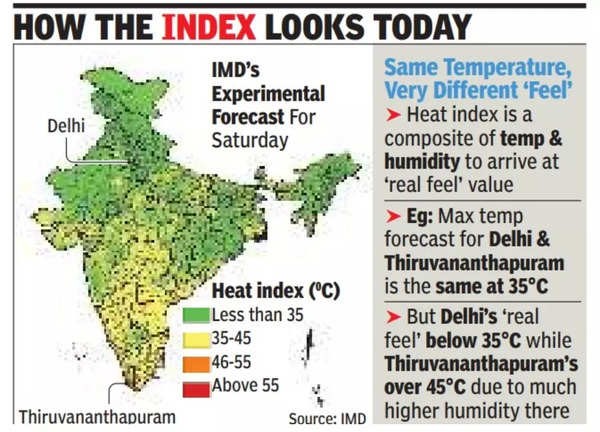Free Courses Sale ends Soon, Get It Now


Free Courses Sale ends Soon, Get It Now



Disclaimer: Copyright infringement not intended.
Context
Heat Index
How is the heat index calculated?
Importance of the measurement of Heat Index
Impact of Humidity on the Human Body
Measures to adopt
Studies of IMD on Heatwave
IMD's Initiatives and Tools to Combat Heat Waves
Effects of Heat Stress
|
PRACTICE QUESTION Analyze the reasons for heat island creation in the world's urban habitat. |
© 2024 iasgyan. All right reserved